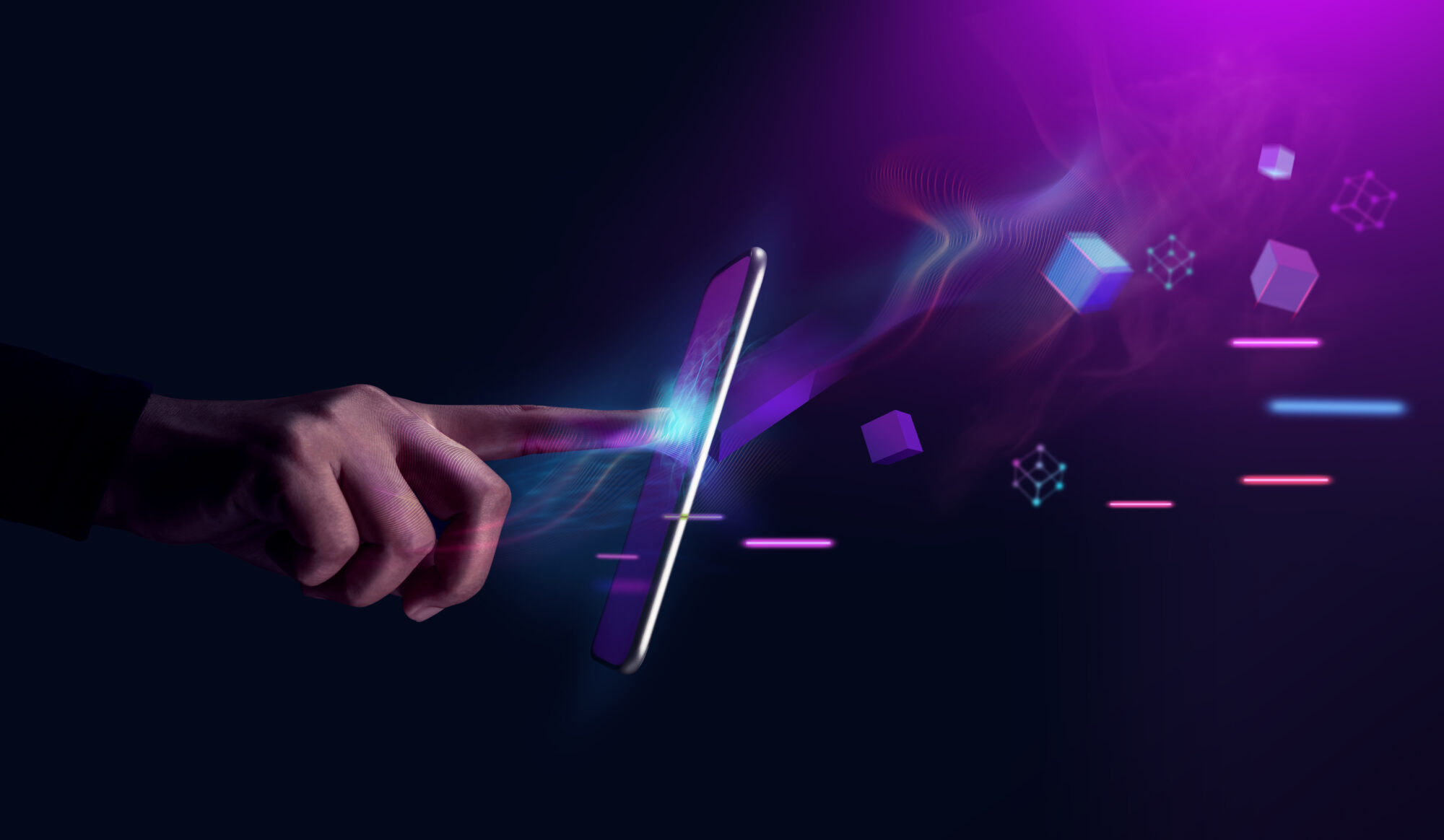Mixed Reality vs Augmented Reality: unveiling the difference
In the vast universe of immersive technologies, two terms often stand out: Augmented Reality (AR) and Mixed Reality (MR). While they share similarities and are occasionally used interchangeably, there are fundamental distinctions that set them apart. This article unravels these differences, examining how each technology works, their applications, and how mixed reality builds upon the foundations of augmented reality to deliver enhanced immersive experiences.
Augmented Reality vs Mixed Reality: a basic understanding
AR, as the name suggests, augments the real world with digital elements. It superimposes computer-generated images onto our view of the real world, thus enhancing our perception of reality. Examples include the popular game Pokémon Go or Snapchat filters which add digital elements to a live view usually through a smartphone.
What is mixed reality then? Mixed reality, also known as hybrid reality, is an immersive technology that merges the physical and digital worlds to create a new environment where real-world and digital objects coexist and interact in real time. The interaction in mixed reality is real-time and spatially aware, meaning that digital content is able to interact with the real world in a way that is intuitively perceived by the user to be part of their natural environment.
Mixed Reality merges real and virtual worlds to produce new environments and visualizations where physical and digital objects co-exist and interact in real time. It involves more complex technology and usually requires the use of specialized mixed reality headsets, like Microsoft’s HoloLens.
The key distinction: interactivity
The main difference between augmented and mixed reality lies in the degree of interaction between real and virtual worlds. In AR, digital content and the real-world exist alongside each other but do not interact. For instance, an AR app might overlay star names on the night sky, but these labels simply float over the real-world view and don’t interact with the environment.
In contrast, mixed reality takes a step further. It anchors virtual objects to the real world, allowing the user to interact with these objects as if they were physical objects. For example, a mixed reality program might create a virtual ball that bounces off real-world surfaces and behaves subject to real-world physics. This deeper level of interaction makes MR a more immersive experience.
How does mixed reality expand on augmented reality?
Mixed reality is seen as an expanded form of augmented reality, taking the concept of overlaying digital content onto the physical world and enhancing it with interactivity. The advancement of mixed reality technology allows the digital and physical worlds to blend seamlessly, creating hybrid environments. This makes the user feel more involved and engaged with the digital content, enhancing user experience significantly.
Mixed reality is often considered an advanced version of augmented reality due to its ability to interact with both the physical and virtual world. It is a unique blend that stages virtual objects right alongside real ones and even allows these distinct entities to interact in real time. While augmented reality overlays digital information onto the real world, it stops short of fully integrating the two.
Mixed reality, on the other hand, merges these realities in a way that allows users to interact with both the physical and the virtual environment seamlessly. Augmented reality’s interactions are usually limited to user’s responses to what they see. In other words, the digital content changes based on the user’s input or movement, but the digital information doesn’t recognize the user’s environment. In mixed reality, digital content is not just overlaid on the real world but is anchored to and interacts with that world. In a mixed reality environment, a user can use their physical location as a reference point and interact with a digital object as if it were a real one. For example, a virtual ball in a mixed reality application can be thrown against a real wall and bounce back following the laws of physics.
The integration of virtual objects into the real world in an interactive way is what truly sets mixed reality apart. This interactivity is made possible through advanced sensors, processors, and algorithms that help the MR device understand its environment and respond to changes or interactions in real time. As technology advances, mixed reality experiences are becoming more complex and realistic, pushing the boundaries of our digital experiences.

presentation to try
Nsflow in action
Applications of AR and MR
While AR has found extensive use in training, industrial applications, gaming, advertising, and social media, MR is making waves in sectors that require a high degree of precision and interactivity. Industries such as healthcare, education, and engineering are leveraging mixed reality for training, design visualization, and collaborative work.
While both augmented and mixed reality serve to enrich our perception of reality by blending the digital and physical realms, they do so in distinct ways. Understanding these differences is essential as we move toward a future where these technologies will play a key role in shaping our digital experiences. Whether it’s augmented reality’s simplicity and accessibility or mixed reality’s immersive interactivity, both have unique strengths that make them valuable additions to the realm of immersive technologies.
The future of augmented and mixed reality
The future of AR and MR looks promising with constant advancements in technology. As the technology matures, we can expect to see more intuitive and immersive experiences, seamless integration with our daily lives, and wider adoption across industries. While AR will continue to be accessible through our smartphones and tablets, the future might see a shift towards more wearable devices like smart glasses or contact lenses.
For mixed reality, the future is likely to bring more advanced headsets with improved field of view, resolution, and interaction capabilities. We can also anticipate more collaborative experiences, where multiple users can interact with the same virtual objects in real-time, irrespective of their location. This could revolutionize areas like remote work, education, and social interaction.
Despite their differences, both augmented and mixed reality hold immense potential in reshaping our world. They are set to play a crucial role in driving the next wave of digital innovation, altering the way we work, learn, play, and interact with our surroundings. As we continue to explore and harness the power of these technologies, the line between our physical and digital worlds will increasingly blur, opening up boundless possibilities.
In conclusion, while augmented reality and mixed reality share similarities in enhancing our reality, they do so in distinct ways, offering different levels of user interaction and immersion. Understanding the capabilities and limitations of each technology is essential in determining their appropriate applications and unlocking their full potential.
As new applications continue to develop, the convergence of these technologies with others like Artificial Intelligence and Internet of Things will further expand their capabilities. With continuous technological advancements, the future of AR and MR appears bright, promising to revolutionize our interactions with the digital and physical world, thereby leading us into an era of truly immersive experiences.



















